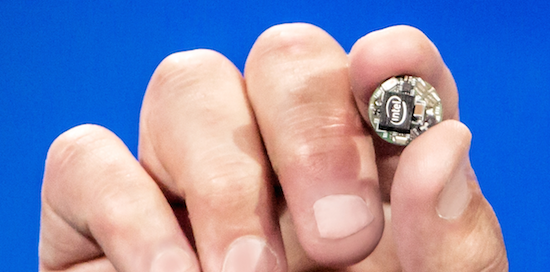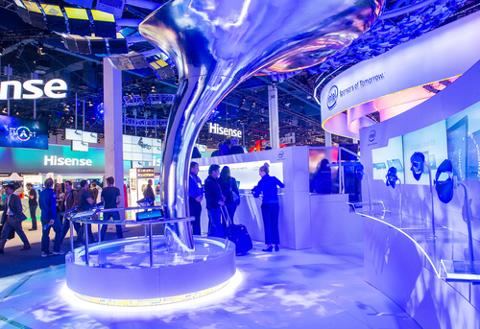Upload Your ResumeEmployers want candidates like you. Upload your resume. Show them you're awesome.
CES 2015: Intel Wants the Wearable-Tech Crown
For years, Microsoft dominated the annual Consumer Electronics Show (CES) in Las Vegas. It hosted a booth the size and brightness of a sci-fi spaceship on the conference floor; its successive CEOs (Bill Gates and, later, Steve Ballmer) gave the opening keynote; its hardware partners devoted the majority of their respective booths to pushing Windows-loaded laptops. But Microsoft pulled out of CES in 2012, and now it seems that Intel—which also hosts a massive booth at the show—is rushing to fill that void. The chipmaker has so far used CES to promote a $300 million initiative to improve the diversity of its workforce; the money will largely go to engineering scholarships, hiring and retraining women and underrepresented minorities, and programs designed to funnel more women into video-game development. Click here for more wearable-electronics jobs. Intel is also using the show to push smarter and more sophisticated drones, including a small, camera-equipped one that can use its owner’s wrist as a launch pad. During his keynote presentation, Intel CEO Brian Krzanich highlighted wearable electronics and sensors designed to help visually impaired people better sense the surrounding environment. As with many companies at this year’s CES, Intel is making a huge bet that the Internet of Things—in which networks of connected devices do everything from lock our doors to measure our steps—is indeed the way of the future. The company introduced Curie, a System-on-a-Chip that incorporates a microcontroller, battery-charging circuitry, a 6-axis “combo” sensor with accelerometer and gyroscope, low-energy Bluetooth hardware, and other elements onto a platform the size of a small button. Are these and other inventions enough for Intel to solidify a reputation as an innovator in areas other than just processors? Whatever the actual result, Intel needs that question answered in the affirmative; over the past several years, the company has found itself under aggressive attack by manufacturers producing low-power ARM processors for smartphones and tablets. Despite the burgeoning popularity of mobile devices, Intel has struggled to produce a competing processor that seizes significant market-share, relying instead on its traditional lines of business to drive revenue and profits. This time around, Intel is clearly trying to carve out space for itself as early as possible. But if the Internet of Things takes off like some people expect, it’ll face some real competition very, very soon.
Image: Intel



